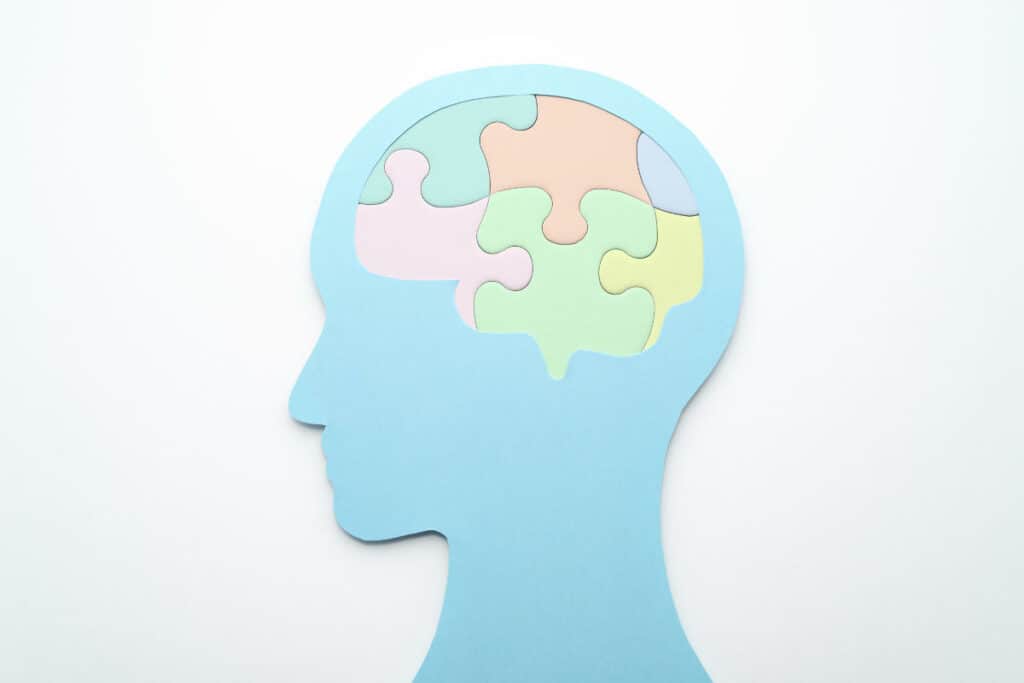Autism Spectrum Disorder (ASD) and epilepsy are two neurological conditions that have long been studied independently. However, research over the past few decades has increasingly revealed a complex and intriguing relationship between the two.
Understanding this connection not only sheds light on shared neurological pathways but also has important implications for diagnosis, treatment, and support for individuals affected by both conditions.
What Are Autism and Epilepsy?
Autism Spectrum Disorder (ASD) is a developmental disorder characterised by challenges in social communication, repetitive behaviours, and restricted interests. Symptoms typically emerge in early childhood, though the severity and presentation can vary widely among individuals.
Epilepsy is a neurological disorder marked by recurrent, unprovoked seizures—sudden surges of electrical activity in the brain. These seizures can range from brief lapses in attention to full-body convulsions.
The Overlap: How Common Is It?
Studies estimate that 20–30% of individuals with autism also have epilepsy, compared to about 1% of the general population. Conversely, some individuals with epilepsy show traits associated with autism, though the overlap is less commonly reported.
This co-occurrence suggests that there may be shared underlying mechanisms rather than mere coincidence.
Shared Neurological Pathways
Several hypotheses explain the link between autism and epilepsy:
- Genetic Factors: Certain genetic mutations are implicated in both conditions. For example, mutations in genes like SCN2A, MECP2, and PTEN have been associated with increased risk for both epilepsy and autism. These genes often affect neuronal signalling and brain development.
- Abnormal Brain Connectivity: Both epilepsy and autism involve atypical neural connectivity. In autism, differences in connectivity can affect communication between brain regions, while in epilepsy, abnormal electrical activity disrupts normal signalling. This shared feature may explain why some individuals experience both disorders.
- Excitation-Inhibition Imbalance: A leading theory in neuroscience suggests that an imbalance between excitatory and inhibitory signals in the brain contributes to both epilepsy and autism. Excess excitation can lead to seizures, while an imbalance in key neural circuits may underlie autism-related behaviours.
- Neuroinflammation and Brain Development: Early-life brain inflammation and developmental disruptions may increase vulnerability to both epilepsy and autism. Studies indicate that prenatal factors, such as maternal infection or metabolic conditions, can play a role in this dual risk.
Age of Onset and Clinical Patterns
Epilepsy in individuals with autism often emerges at specific developmental stages:
- Early childhood (2–5 years): Some children develop seizures around the same time as autism symptoms become more apparent.
- Adolescence: Another peak in seizure onset occurs during the teenage years.
Interestingly, certain types of epilepsy, such as Lennox-Gastaut syndrome or temporal lobe epilepsy, appear more frequently in individuals with autism, highlighting the importance of tailored clinical attention.
Implications for Diagnosis and Treatment
Understanding the link between epilepsy and autism has practical consequences:
- Early Monitoring: Clinicians should monitor children with autism for signs of seizures, even if they are subtle (e.g., brief lapses in attention or unusual movements).
- Integrated Care: Managing both conditions requires a coordinated approach between neurologists, psychiatrists, and developmental specialists.
- Medication Considerations: Some anti-seizure medications may affect behaviour and cognition, so careful selection and monitoring are crucial in individuals with autism.
- Behavioural and Educational Support: Seizures can impact learning and social development, making supportive interventions essential.
Future Directions in Research
Ongoing research is exploring:
- Biomarkers that could predict which individuals with autism are at higher risk for epilepsy.
- Genetic therapies targeting specific mutations shared by both conditions.
- Neuroimaging studies to map overlapping brain networks involved in seizures and autism behaviours.
Taking Action
If you or a loved one are concerned about epilepsy or autism, early assessment and intervention can make a significant difference, so don’t hesitate to reach out to professionals who can provide support and guidance.
Midland Health offers specialist services including: Neurological Assessments, Epilepsy Consultations and Autism Assessment and Support.
Conclusion
The connection between epilepsy and autism highlights the intricate web of factors that shape brain development and function. While co-occurring epilepsy can complicate the experience of autism, understanding the shared mechanisms offers hope for more personalised interventions and better quality of life for affected individuals.
By continuing to explore these links, researchers and clinicians can move closer to holistic care strategies that address both neurological and developmental needs, ultimately improving outcomes for those living with these complex conditions.

